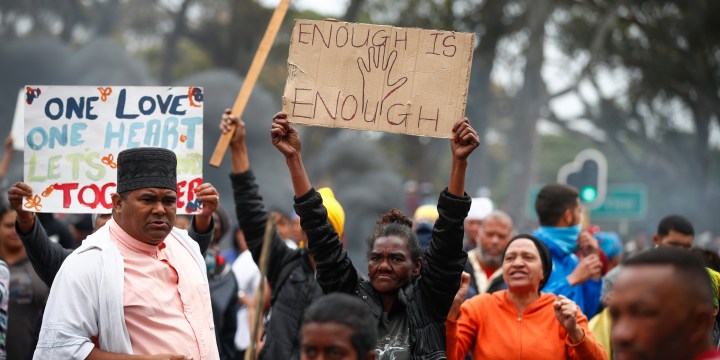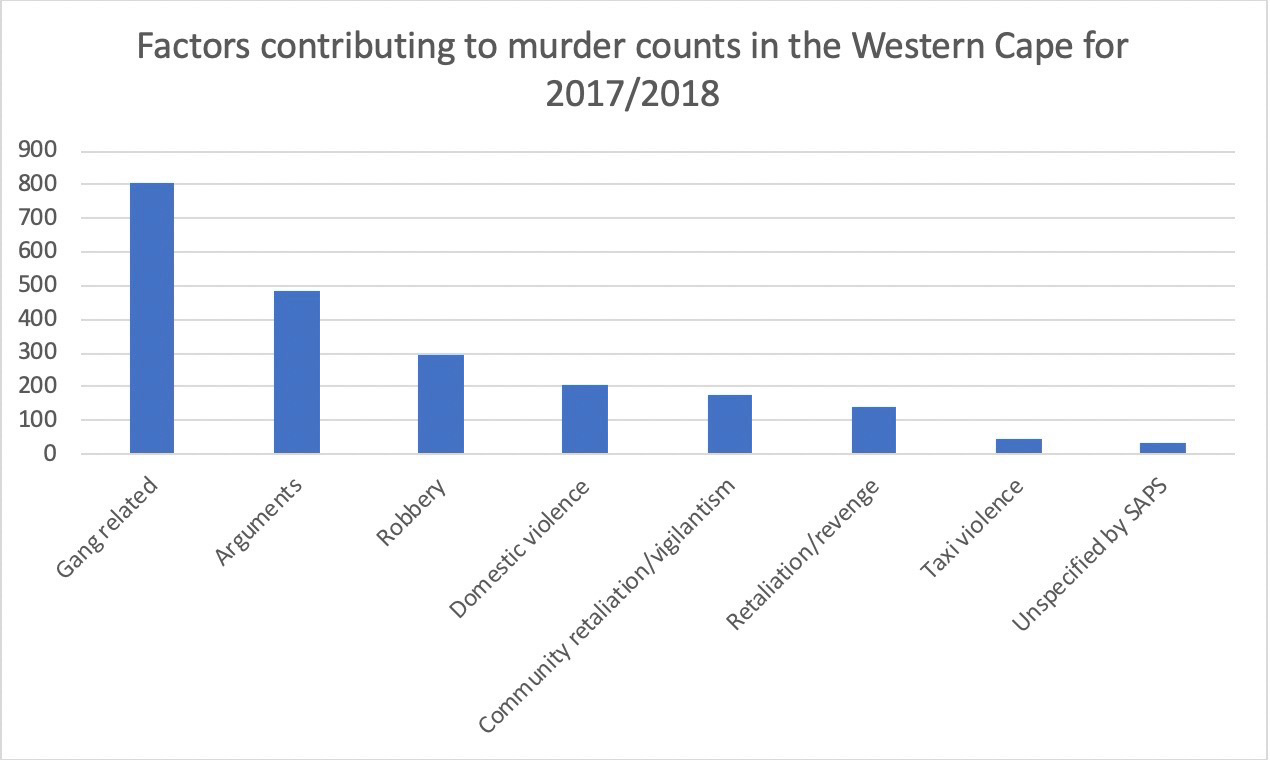Western Cape crime
‘At some point we have to make sure that we address crime from its roots’

Members of the Standing Committee on Community Safety at the Western Cape Provincial Parliament asked for an explanation about how the SAPS identifies the causes of crime and also how police use this to combat crime, as the SAPS presented its annual report on crime and policing in the province.
Western Cape Legislature members have queried how the SAPS comes to understand the socio-economic factors that contribute to crime. The MPLs voiced their concerns after the annual report on crime statistics, police spending and police performance in the Western Cape for 2017/2018 was presented by the SAPS to the Standing Committee on Community Safety at the Western Cape Provincial Parliament on Tuesday 27 November.
The committee monitors the work of the Western Cape Department of Community Safety and the SAPS in the Western Cape.
“From the presentation, I am getting a sense that the social-economic conditions and environmental factors are impacting on the levels of crime that we are seeing in these communities. I really want to see an instance where people beyond their class and material conditions get to experience a safer community,” said Pat Lekker (ANC), a committee member.
The chairperson of the committee, Mireille Wenger (DA), echoed her query.
“Crime rates are often related to socio-economic factors — such as unemployment, which was cited by the SAPS as a contributing factor to crime. However, it is difficult to understand the high murder rate in the Western Cape in comparison to other areas in South Africa, especially since unemployment in the Western Cape is the lowest in the country,” she says.

An example of how SAPS used statistics to explain the factors contributing to murder in the Western Cape for 2017/2018. Source: 2017/2018 Annual Report: SAPS Western Cape. Chart: Christi Nortier.
The report explained the increase in arson counts in Worcester by stating the following:
“A sample of 90.3% (28/31) of the counts recorded for Worcester, the suburb of Avian Park experienced 46.4% (13) with 46.2% (six) of the incidents confirmed due to gang violence. One street was the scene of 53.8% (seven) of Avian Park incidents. In 84.6% (11) of incidents in Avian Park, it was confirmed that wendy houses/shacks were set on fire. The setting alight of wendy houses and shacks were the most common structures damaged/destroyed in all of the counts of arson.”
In response to these queries, provincial commander for the Western Cape Lieutenant-General Khombinkosi Jula said:
“As long as our focus is just on effects without addressing or understanding the causes, then we are just scratching the surface. At some point, we have to make sure that we address crime from its roots. There has to be a formal explanation of this to explain all the causes of crime in the research that has been conducted around issues in the Western Cape and the environmental design [which police work in].”
Major-General Jeremy Vearey, who is the province’s deputy commissioner of crime detection, said that what they do know about contributing factors is drawn from docket information.
“Beyond just the statistics we look at the docket analysis. The case docket is made up from reports from the police officers on the scene and the detectives. We can make a summation of motives and because we have the information about location and other facts, we are able to aggregate better based on a docket analysis, instead of a mere statistical analysis,” he says.
“What happens is that crime intelligence will then take all that information, aggregate across the province and do trend analysis and projection every day. Not only motives, but prevalence and frequency. They climate-measure the criminal environment every day. In detection, we focus on investigation, but we have to feed it into the system.
“That is how the determinations get made and it then gets updated and enriched as the investigation progresses, because sometimes you might not know that something is gang-related, but three days later as we go into the investigation we discover that it is, or we discover that it is a drug deal. We can enrich that information to update it on our system. Crime intelligence draws from that. They also have information managers and analysts that work with these things daily, 24 hours,” he says.
But, police have their own understanding based on their shared experiences.
“It is a lot to do with where we go. For example, for some of us who go to Marikana (an informal settlement in Cape Town) every day can tell you obviously this is why this happens, under circumstances where there is nowhere to patrol, given the lack of infrastructure.
“There is no lighting. This is why you can probably shoot someone here from 10m away in the night and you can disappear just a metre away and nobody will see you. It relates to light and to inaccessible passages.
“Most police officers live with this knowledge daily when we go to crime scenes, whether we are visible police responding to it or whether we are detectives responding,” Vearey says. DM


















 Become an Insider
Become an Insider